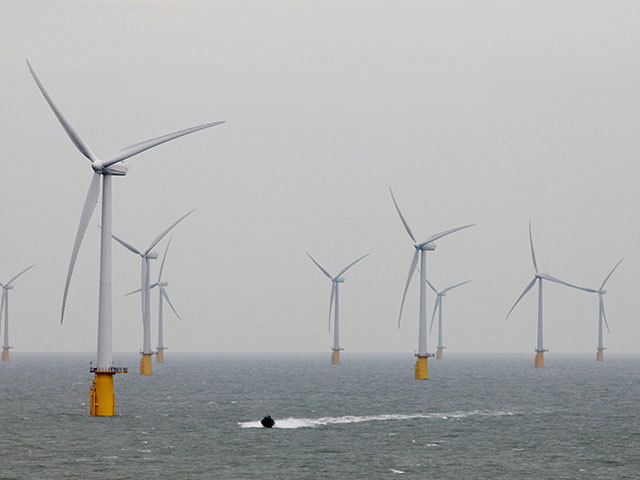
A top boss at Siemens Wind Power has claimed that offshore wind will be one of the cheapest, scalable solutions for the UK, as compared to other renewables and fossil fuel energy sources by 2025, if the true cost to society is factored into the cost of energy equation.
Speaking to 200 key stakeholders in the wind industry at the UK Carbon Trust’s annual innovation lecture, Henrik Stiesdal warned that this would only be achieved through collaboration and technical innovation.
He also said it was necessary to work with more than from the most prominently used “levelised cost of electricity” (LCoE) and extend this to “society’s cost of electricity” (SCoE).
Siemens’ chief technical officer said this meant additional factors not normally accounted for had to be included to enable a more complete picture on the cost-benefit of energy to emerge.
Additional factors include subsidies, grid access costs, variability costs, social costs, economic benefits and geopolitical impact.
Stiesdal said: “Without intensive innovation efforts from governments and industry, offshore wind could take another 20 years or so to be competitive based on conventional economic calculations.
“With collaborative initiatives like the Carbon Trust Offshore Wind Accelerator (OWA) this timeframe can be shortened.”
Stiesdal, a veteran of the wind industry, said of technology that step-by-step, simple “smart” innovations could have a surprising impact when taken together and that this is different to invention.
He pointed to the approach used by the automotive sector and that, by adopting this, the industry could collectively make a large impact on the cost of offshore wind.
Stiesdal said too that cost and risk sharing through collaborative programmes such as the OWA will be critical for technological developments to happen at the rate required and within the risk tolerance of utilities.
Furthermore, he highlighted the need for lessons learned to be shared within the supply chain and risks to be clearly communicated with financial institutions.
This would ensure the industry benefits collectively from past experiences and will further enhance the realisation that offshore wind is a safe, long-term investment opportunity.
Stiesdal added: “No single company or institution can on its own bring down the cost of offshore wind power to the required level.
“However, through joint innovation and cooperation at many levels, as demonstrated by the Carbon Trust’s Offshore Wind Accelerator, we will surely get there!”
Recommended for you
